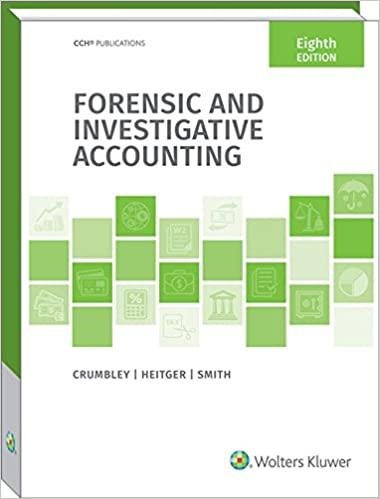
It's 2020 and you are the owner/operator of a bakery called CakeShack that generates $500,000 in yearly operating income. After running your business for several years, you want to evaluate the implications of your organizational form, financing choice, and investment positions. Because of differences in personal liability and tax treatments, you want to understand the trade-offs between organizing your business as a sole proprietorship versus a corporation. From the beginning, you have financed your business operations using all equity,but now want to consider a mix of 70% equity and 30% debt financing. If your business uses debt, it will have a yearly interest expense of $20,000. In addition to the operating income, your business receives $10,000 in qualified corporate dividend income from a joint venture in Cake Bakers Club and $5,200 in interest income from a bond investment. You are the only owner of your business and the business income is your sole source of personal income. Using the 2020 tax tables below, calculate the total tax liability on all of Cake Shack's income, both as a sole proprietorship and a corporation, if it's financed using 100% equity versus 70% equity and 30% debt. (Hint: find the total tax liability for each of four scenarios.) 2020 Tax Rate Schedule for Individual Taxpayer: Taxable Income Brackets Tax Rate $0 to $9,875 10% $9,876 to $40,125 12% 22% 24% $40,126 to $85,525 $85,526 to $163,300 $163,301 to $207,350 $207,351 to $518,400 $518,401 to Unlimited 32% 35% 37% 2020 Corporate Tax Rate: 21% 2020 Federal Long-Term Capital Gains Tax Rates and Income Brackets: Tax Rate Individual Taxpayer Income 0% Joint Taxpayer Income $40,000 $441,450 Unlimited 15% $80,000 $496,000 Unlimited 20% 2020 Federal Net Investment Income Tax Rate and Income Bracket: Tax Rate Individual Taxpayer Income 3.8% Joint Taxpayer Income $200,000 $250,000 Investment income is subject to the net investment income tax when total income (or adjusted gross income) is above the limit, at which point the less of the total income above the limit or the investment income is subject to the tax







